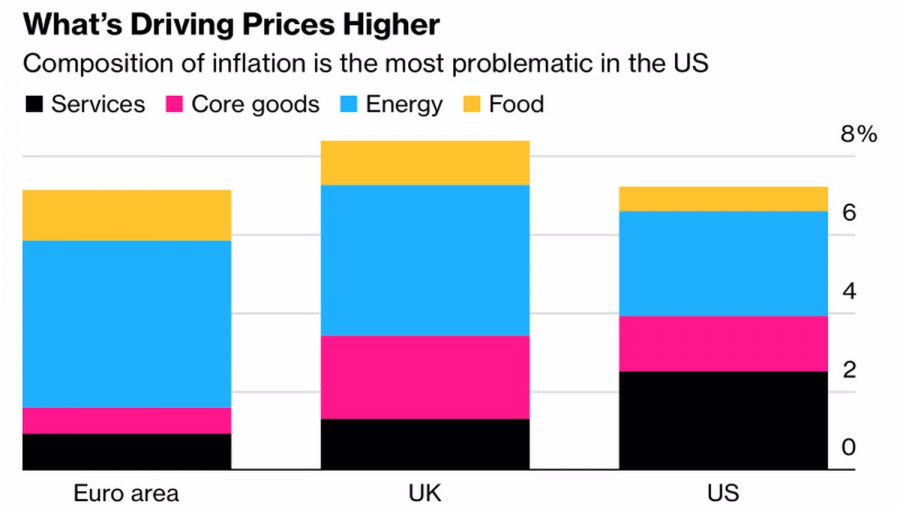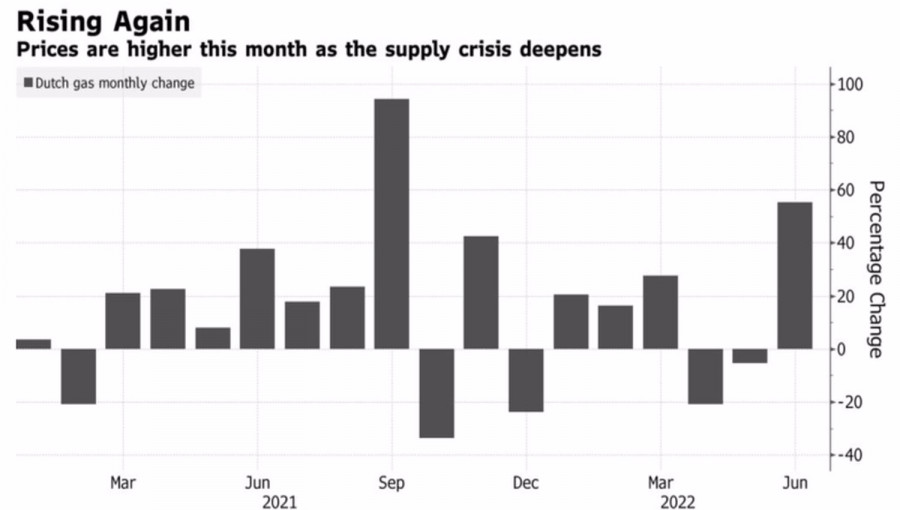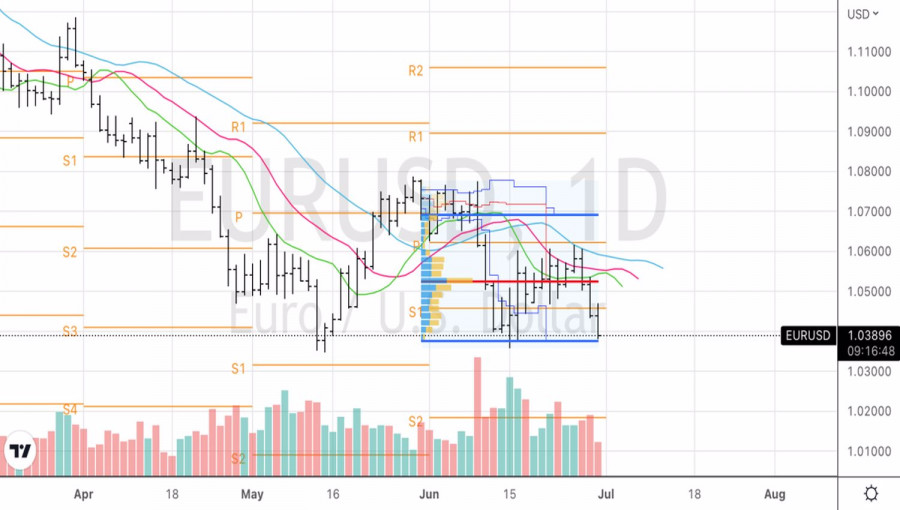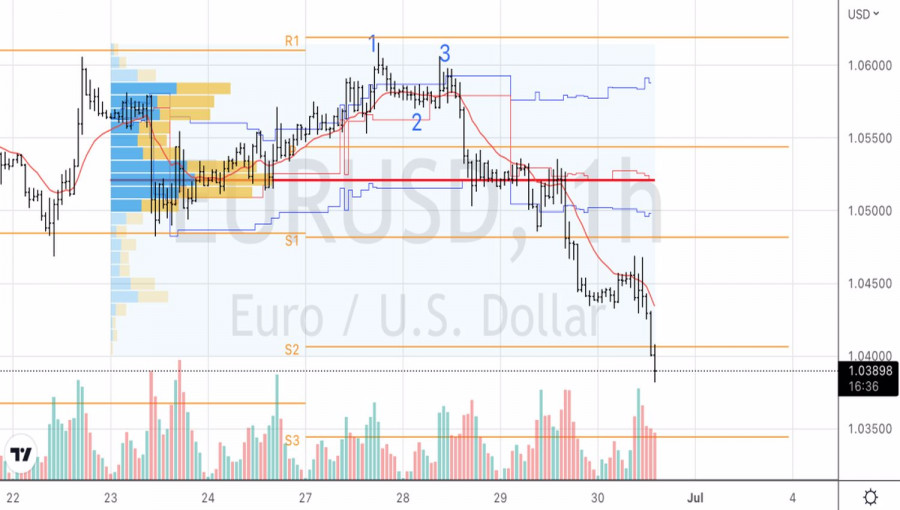Central banks have thrown all their forces into the fight against inflation. The problem is that the structure of consumer prices in different countries of the world has significant differences. Some of the regulators are able to suppress domestic demand, while others are forced to rely on luck. For example, the fact that oil and gas prices will fall on their own. Without this, it will not be possible to celebrate victory. It is clear that in the latter case, we are talking about the ECB, which gives an advantage to the "bears" on EURUSD.
According to Bloomberg research, the main contributor to the growth of the American CPI is services, European—energy products, British—a little bit of everything. If so, then the Fed's hands are free and it can raise the federal funds rate above the neutral level of 3–3.5%, while the Bank of England will be forced to stop there, and the ECB is unlikely to reach the rate at all, which neither stimulates nor constrains the economy.
Structure of European, British and American inflation

The rates of the leading central banks have a ceiling, and this ceiling plays into the hands of the US dollar. ECB President Christine Lagarde and her colleagues need to pray that the energy crisis ends as quickly as possible. Alas, it seems to be entering a new phase, pushing the EURUSD quotes down—to parity.
Indeed, European gas futures are heading for their biggest losses since September as Russia cuts supplies. German energy giant Uniper is discussing the possibility of government bailouts, and companies' shifting costs to consumers will only exacerbate the worst cost-of-living crisis in decades. The European economy is bursting at the seams, talk of rationing the use of natural gas is intensifying, as well as rumors of a recession. How can EURUSD not fall against such a background?
Dynamics of prices for European gas

Even the acceleration of French inflation from 5.6% in May to 6.5% in June does not help the euro. Theoretically, this should push the ECB to raise the deposit rate by 50 bps in July. At least, to discuss such a scenario at the upcoming meeting of the Governing Council. In fact, the figure of 6.5% corresponds to the forecasts of Bloomberg experts. In addition, France has made progress in the fight against inflation due to €25 billion in fiscal assistance packages. It is quite possible that the European Central Bank alone will not be able to fix the situation. It will need the help of the governments of the eurozone countries.


Thus, the different rates of monetary restriction by the Fed and the ECB, as well as the greater vulnerability of the European economy to the energy crisis, underlie the EURUSD downward trend. Which doesn't seem to be going to unfold.
Technically, on the EURUSD daily chart, the quotes fell to the lower boundary of the fair value range of 1.0375–1.0695. Its breakthrough is fraught with a continuation of the dive in the direction of 1.02. On the hourly timeframe, the downward trend allows you to increase the shorts formed from t 1.057 on pullbacks.
Trading analysis offered by RobotFX and Flex EA.
Source



Please do not spam; comments and reviews are verified prior to publishing.